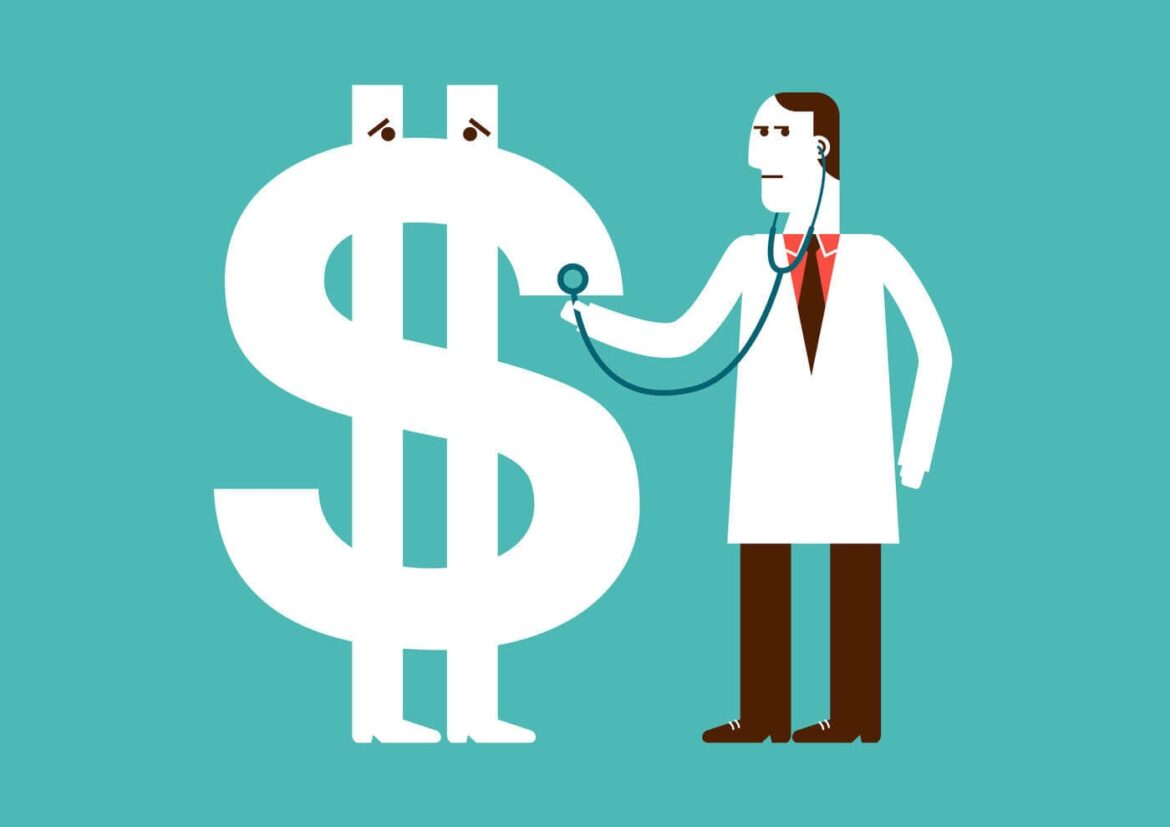Suppose you are in charge of a healthcare organization and want to make it more cost-effective. In that case, it is important to focus on the numerator of the healthcare value equation and reduce the denominator. The key is to prioritize certain needs and outcomes for specific population segments. Also, you must optimize the workflow at scale to ensure quality care and keep costs under control.
Reduce the Denominator of the Healthcare Value Equation
Creating value in health care is a complicated endeavor. It involves the creation of an equation that can be used as a yardstick for operational decisions. The solution to this equation is intended to enable decision-makers to make informed choices. To do this, the equation must reflect the organization’s priorities. This is a function of both its strategic goals and its financial goals.
A provider’s main objective is to generate a return through shared savings. This includes reductions in total expenditures and margins. However, cost reduction without regard to outcomes achieved may result in false savings. For this reason, the organization must weigh variables carefully.
One of the key factors to consider when determining the denominator of the healthcare value equation is the type of population it serves. Specifically, this includes age, gender, geographic units, and occupation. These characteristics introduce a new dimension to intervention design and management.
Prioritize Certain Needs and Outcomes for Each Segment of the Population
A new survey has found that prioritizing certain needs and outcomes for each population segment can help make healthcare organizations more cost-effective. As the healthcare industry like Sam Lee Prospect Medical becomes more competitive, it’s up to providers and payers to improve patient experience and quality of care while keeping costs under control. One way to accomplish this is to prioritize the best medical technology and devices to improve the quality and efficiency of care. Among these are telemedicine technologies, artificial intelligence, and virtual physician assistants. While these technologies are not without their pitfalls, they may prove to be the missing link in the puzzle. The above technologies can improve patient care only if applied in the right settings.
Optimize Workflow at Scale
The health industry has long needed to optimize workflows. However, many organizations still need to rely on paper-based processes that are time-consuming and efficient. As a result, workflows tend to take more work to scale effectively. Streamlining processes can improve business efficiency and customer satisfaction. With workflow optimization, healthcare organizations can reduce costs, improve agility, and enhance patient safety.
One key to optimizing workflows is a conscious design. This can reduce common bottlenecks and create opportunities for the parallelization of work. It can also increase the quality and reliability of care.
Workflows are complex because they involve multiple people. Identifying and eliminating inefficient processes is essential to streamlining. Optimizing workflows can also improve customer relationships. Creating clear expectations for how people will use a workflow can help minimize waste and risks.
Prioritize Costs while Maintaining Care Quality
The best way to prioritize cost while maintaining care quality is to find the right combination of doctors and facilities to match your patient’s needs. Keeping in mind that you need a team of people with complementary skill sets, you might be surprised at how easy it can be. Fortunately, a little nerve goes a long way. As a result, you can achieve your best possible outcomes in the shortest time possible. To help you on the road to success, here is a list of five ways to get the most out of your healthcare dollars. Your efforts will likely result in a better bottom line for you and your patients.





